2008 Mazda B2300 Brake Rotors and Pads
Click here to search another vehicle
All Rotors:
OEM x
Coated x
Drilled, Slotted and Coated x
Front x
Rear x
All Pads:
Ceramic x
Semi-metallic x
Front x
Rear x
Found 15 record
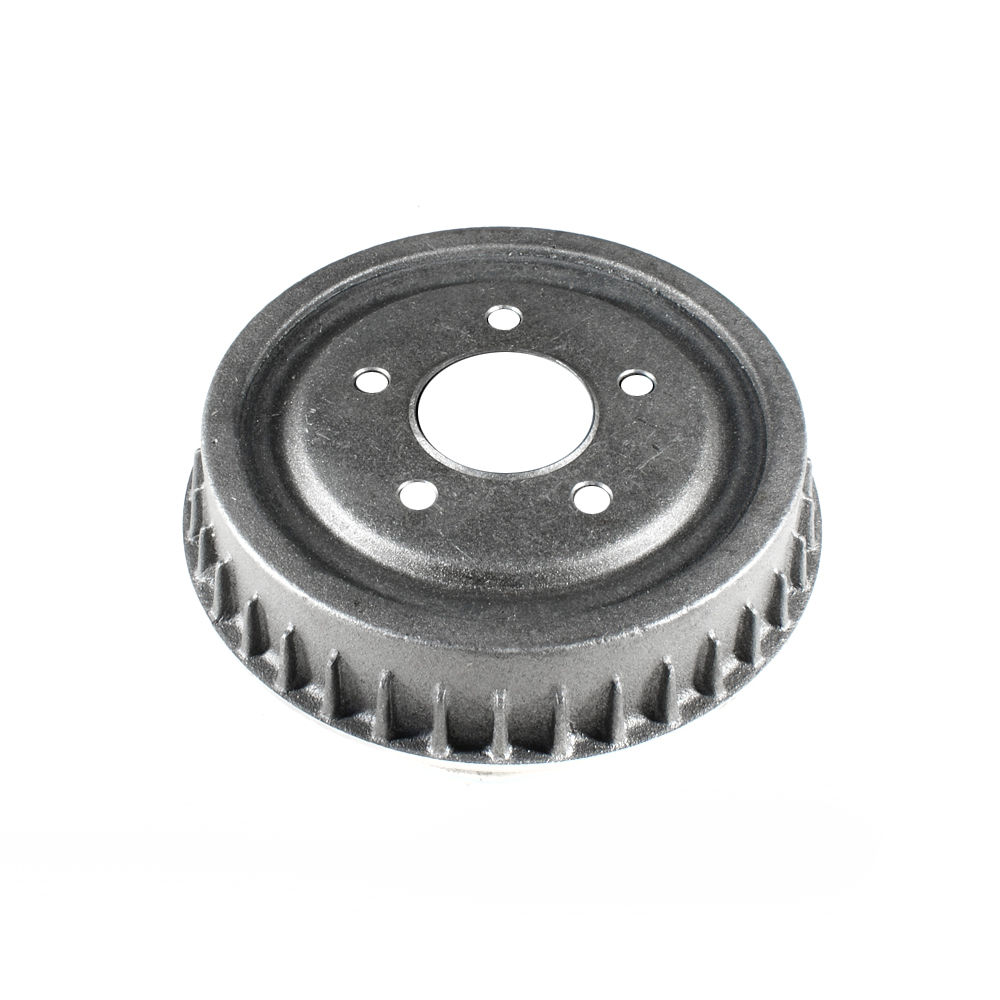
Part No: BD80036
Raybestos: 9651
OE: F87Z1126BA
Raybestos: 9651
OE: F87Z1126BA
$38.84 each
Per Car QTY: 2
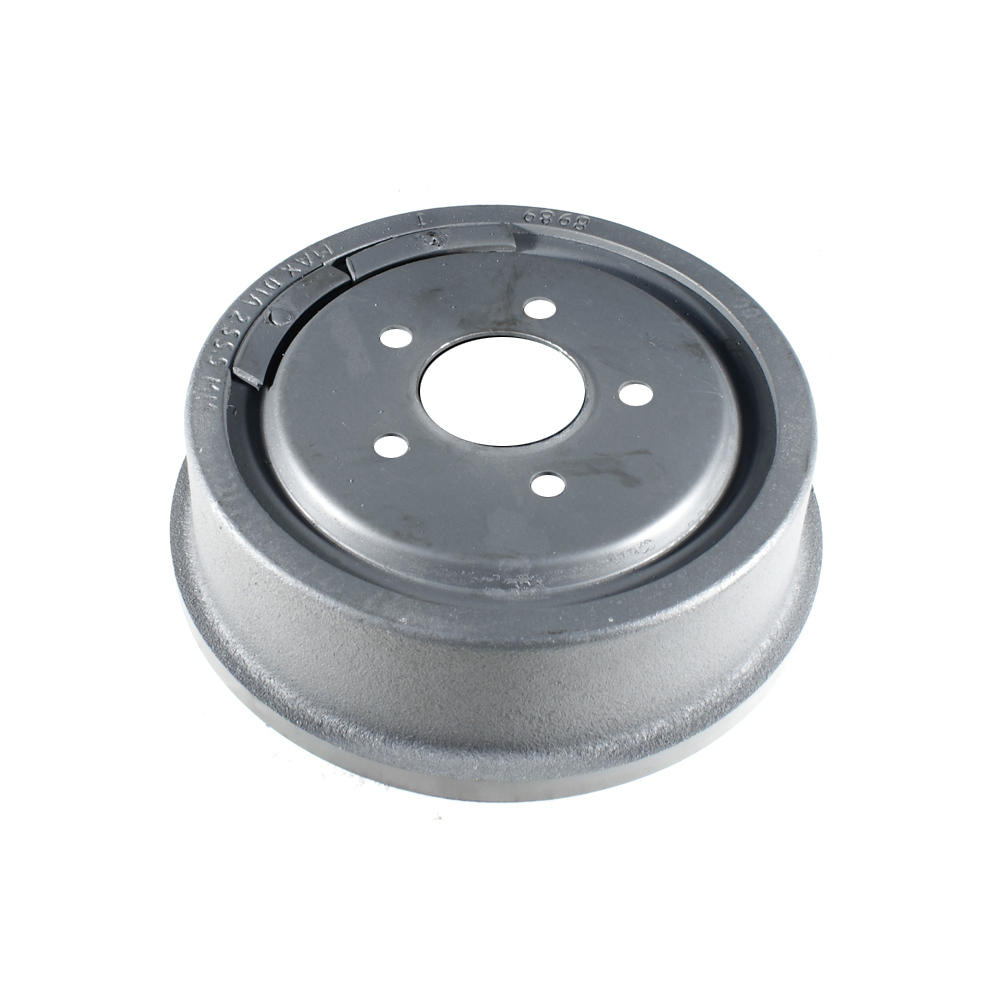
Part No: BD8989
Raybestos: 9498
OE: F07Z1126A
Raybestos: 9498
OE: F07Z1126A
$54.41 each
Per Car QTY: 2
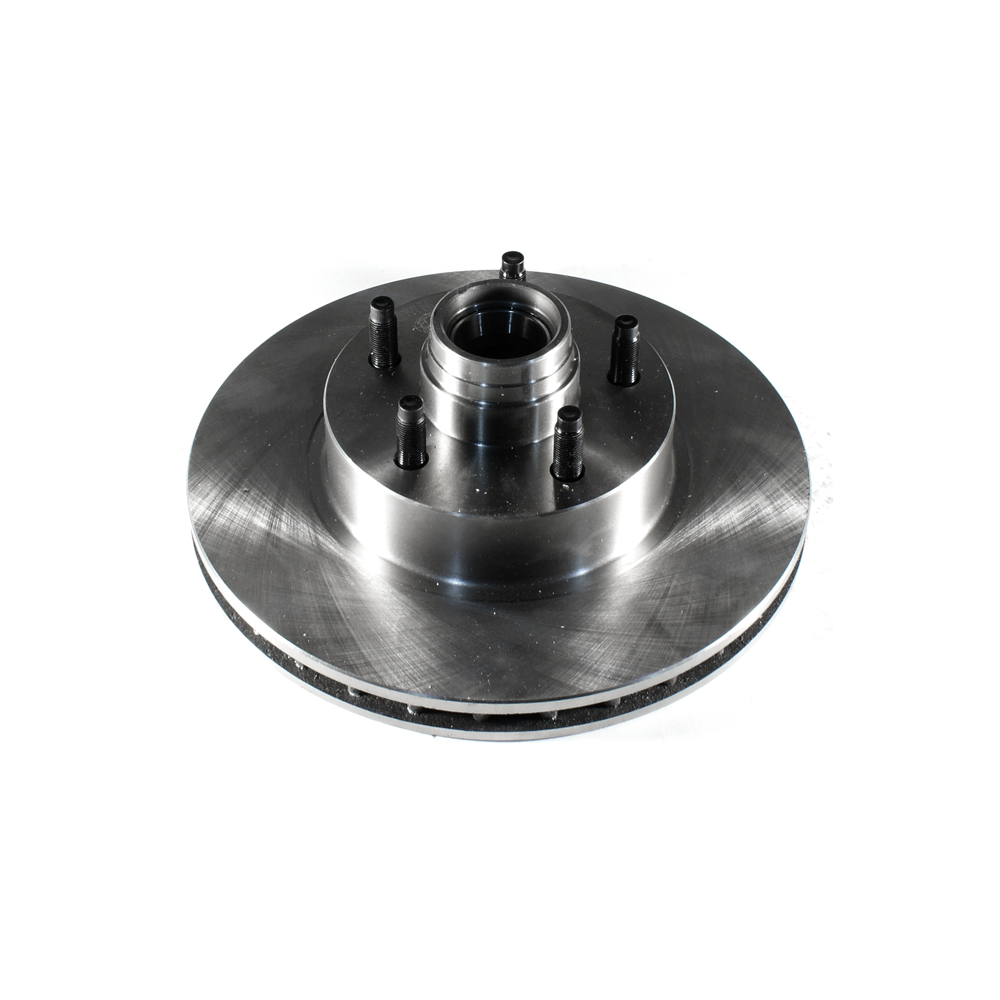
Part No: BR54029
Raybestos: 66597
OE: F5TZ1102H
Raybestos: 66597
OE: F5TZ1102H
$68.11 each
Per Car QTY: 2
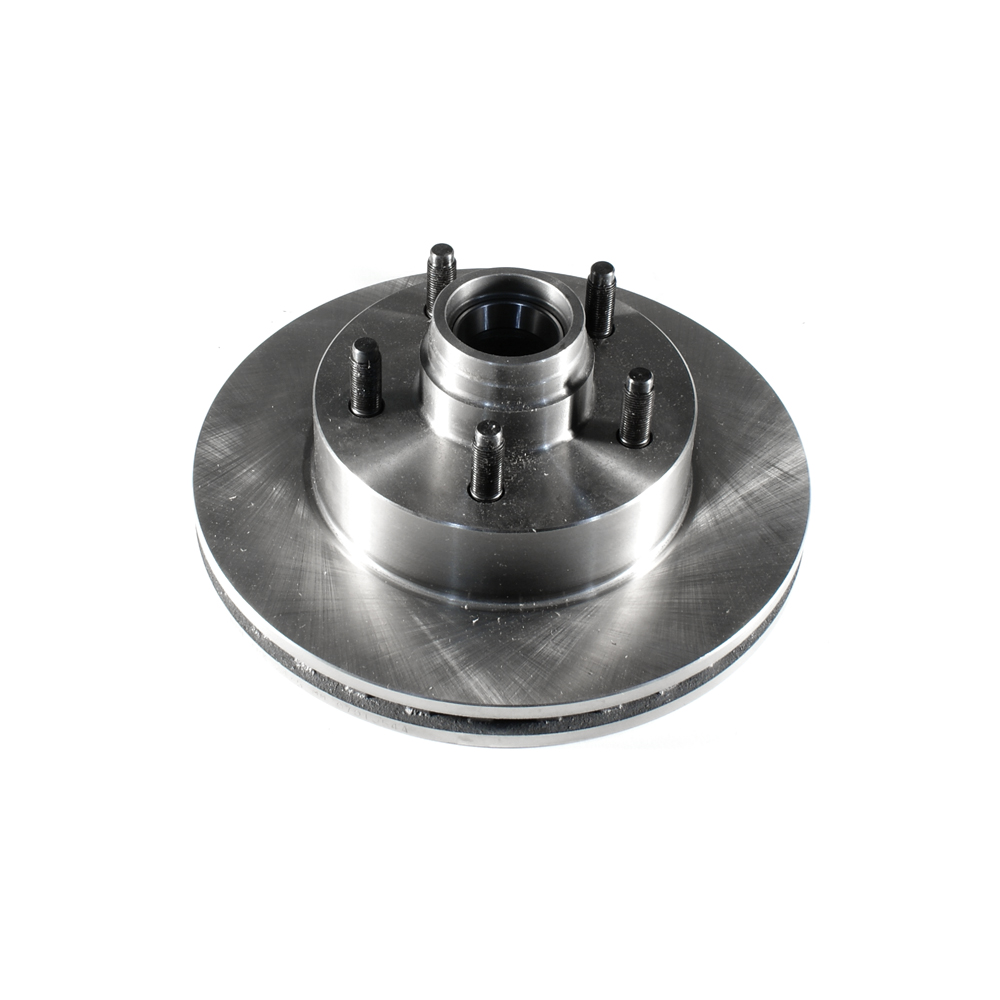
Part No: BR54059
Raybestos: 66673
OE: F87Z1102CB
Raybestos: 66673
OE: F87Z1102CB
$51.46 each
Per Car QTY: 2
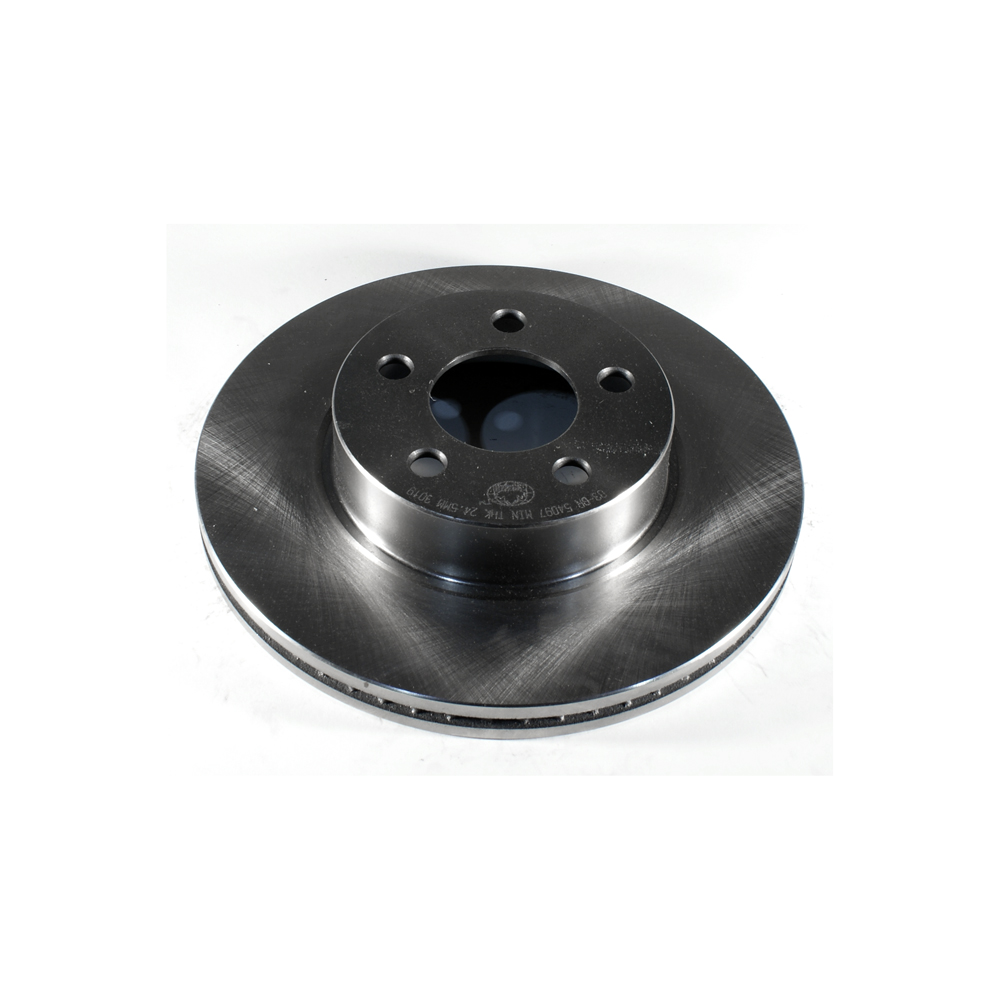
Part No: BR54097
Raybestos: 680027
OE: 5L5Z1125AA
Raybestos: 680027
OE: 5L5Z1125AA
$42.3 each
Per Car QTY: 2
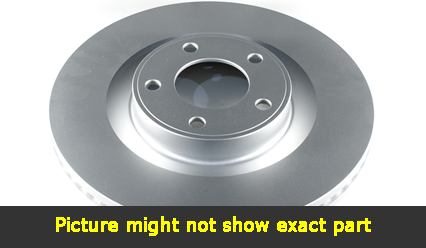
Part No: PP54029
Raybestos: 66597
OE: F5TZ1102H
Raybestos: 66597
OE: F5TZ1102H
$80.42 each
Per Car QTY: 2
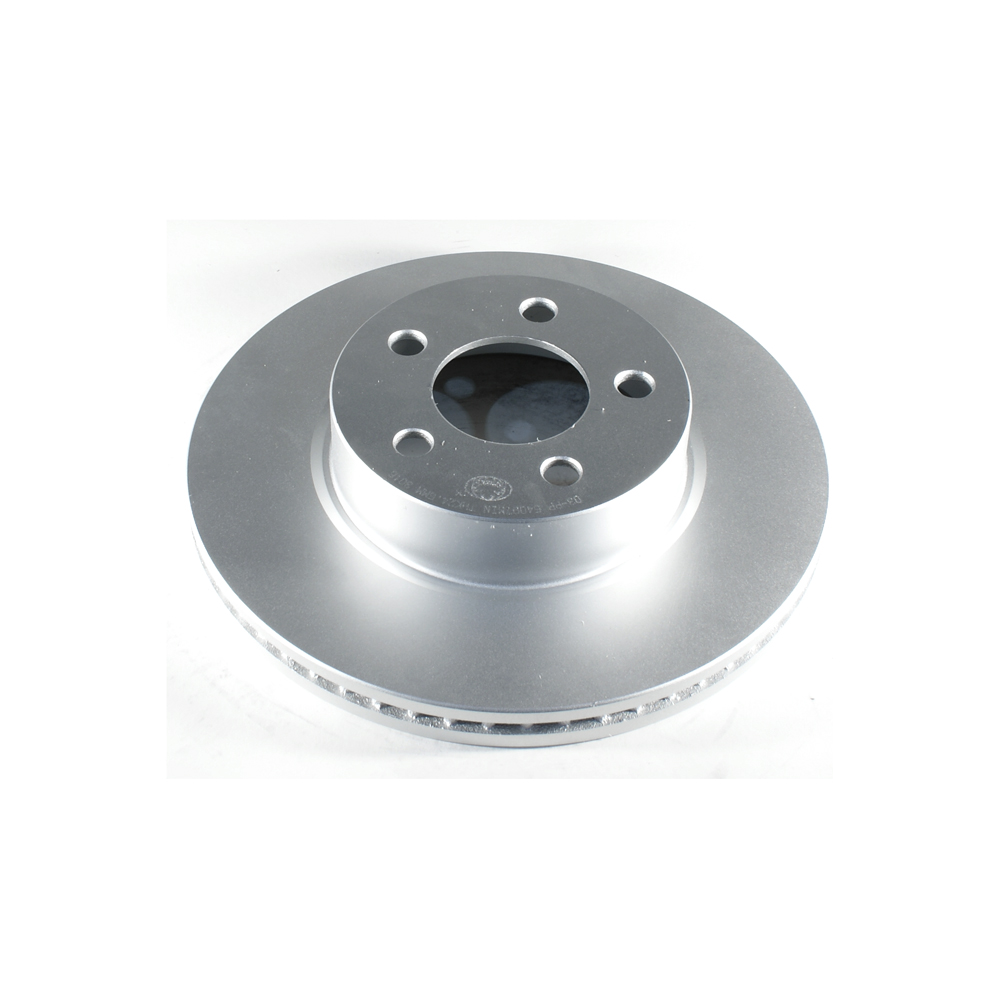
Part No: PP54097
Raybestos: 680027
OE: 5L5Z1125AA
Raybestos: 680027
OE: 5L5Z1125AA
$56.86 each
Per Car QTY: 2
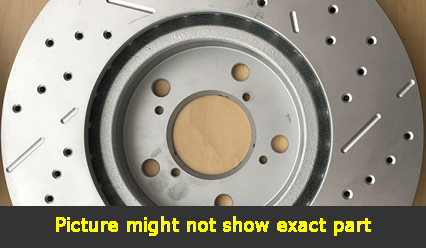
Part No: SP54029L
Raybestos: 66597
OE: F5TZ1102H
Raybestos: 66597
OE: F5TZ1102H
$116.87 each
Per Car QTY: 1
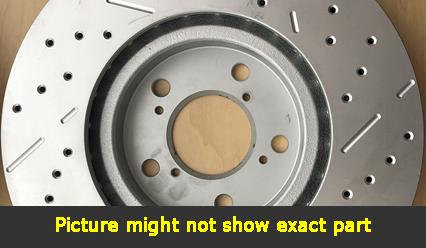
Part No: SP54029R
Raybestos: 66597
OE: F5TZ1102H
Raybestos: 66597
OE: F5TZ1102H
$116.87 each
Per Car QTY: 1

Part No: UP54097L
Raybestos: 680027L
OE: 5L5Z1125AA
Raybestos: 680027L
OE: 5L5Z1125AA
$97.13 each
Per Car QTY: 1

Part No: UP54097R
Raybestos: 680027R
OE: 5L5Z1125AA
Raybestos: 680027R
OE: 5L5Z1125AA
$97.13 each
Per Car QTY: 1
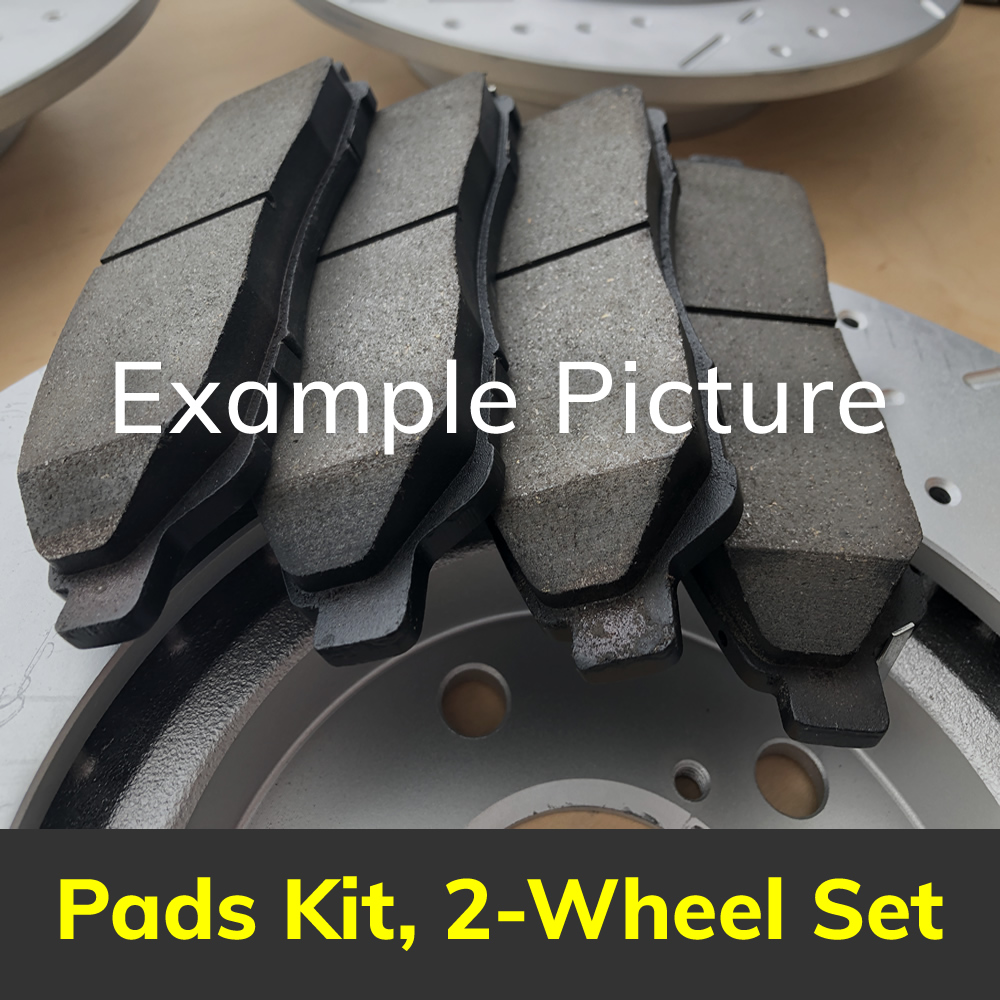
Part No: PD833C
Raybestos: 833
OE:
Raybestos: 833
OE:
$35.41 each
Per Car QTY: 1
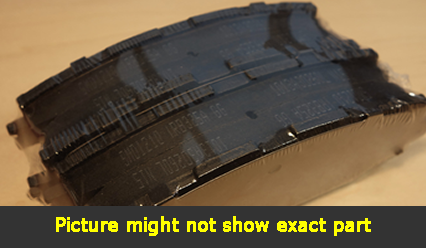
Part No: SMD833
Raybestos:
OE:
Raybestos:
OE:
$22.63 each
Per Car QTY: 1
When it comes to the safety and performance of your vehicle, one of the most critical components to consider is the braking system. A faulty or worn-out brake system can jeopardize your safety and that of others on the road. If you own a 2008 Mazda B2300, it is essential to understand the importance of maintaining and upgrading your brakes.
The braking system of the 2008 Mazda B2300 consists of several components working together to ensure efficient and reliable stopping power. These components include brake pads, brake rotors, brake calipers, brake lines, and the master cylinder. Over time, these parts can become worn, resulting in reduced stopping power and increased braking distance. Routine inspection and maintenance can help identify issues early on and prevent potential accidents.
Starting with the brake pads, these are the components that make direct contact with the brake rotors to create the necessary friction for stopping the vehicle. As you apply pressure to the brakes, the brake pads securely grip the rotors to slow down or halt the wheels' rotation. Over time, brake pads wear down due to the friction and heat generated during braking. It is essential to regularly inspect the brake pads and replace them when they are worn down to their minimum thickness. Worn brake pads should be replaced promptly to avoid damaging the brake rotors.
Speaking of brake rotors, they are the metal discs mounted on each wheel. When the brake pads clamp down on the rotors, the resulting friction slows down and stops the vehicle. Brake rotors can become warped, cracked, or develop an uneven surface due to excessive heat and prolonged use. It is crucial to inspect the rotors regularly and replace them if they exhibit signs of damage or wear.
The brake calipers are responsible for housing the brake pads and pushing them against the rotors when you apply the brakes. It is essential to ensure that the calipers are functioning correctly and do not have any leaks or malfunctions. Damaged calipers can cause uneven brake pad wear, which can lead to reduced braking performance and potential safety hazards.
Brake lines, on the other hand, consist of metal or rubber tubes that carry brake fluid to the calipers. These lines should be checked for any signs of leaks or corrosion. If a brake line develops a leak or becomes damaged, it can lead to a loss of brake fluid, resulting in reduced or complete loss of braking power. Regular inspection and replacement of worn or damaged brake lines are essential to maintain optimal braking performance.
Last but not least, the master cylinder plays a vital role in the brake system. It is responsible for compressing brake fluid and distributing it evenly to the calipers when the brake pedal is pressed. A faulty or malfunctioning master cylinder can result in a spongy or unresponsive brake pedal, compromising your ability to stop the vehicle effectively. Regular inspections and maintenance of the master cylinder are crucial for optimal braking performance.
Whether you are a daily commuter or an off-road enthusiast, having a reliable and efficient brake system in your 2008 Mazda B2300 is essential for your safety and the safety of others on the road. Regular inspection and maintenance of the brake components are necessary to ensure optimal performance. Additionally, if you notice any signs of brake problems, such as squeaking or grinding noises, vibrations, or reduced braking capability, it is crucial to have a professional mechanic inspect and address the issue promptly. Remember, investing in the safety of your vehicle's brakes is an investment in your overall well-being on the road.
The braking system of the 2008 Mazda B2300 consists of several components working together to ensure efficient and reliable stopping power. These components include brake pads, brake rotors, brake calipers, brake lines, and the master cylinder. Over time, these parts can become worn, resulting in reduced stopping power and increased braking distance. Routine inspection and maintenance can help identify issues early on and prevent potential accidents.
Starting with the brake pads, these are the components that make direct contact with the brake rotors to create the necessary friction for stopping the vehicle. As you apply pressure to the brakes, the brake pads securely grip the rotors to slow down or halt the wheels' rotation. Over time, brake pads wear down due to the friction and heat generated during braking. It is essential to regularly inspect the brake pads and replace them when they are worn down to their minimum thickness. Worn brake pads should be replaced promptly to avoid damaging the brake rotors.
Speaking of brake rotors, they are the metal discs mounted on each wheel. When the brake pads clamp down on the rotors, the resulting friction slows down and stops the vehicle. Brake rotors can become warped, cracked, or develop an uneven surface due to excessive heat and prolonged use. It is crucial to inspect the rotors regularly and replace them if they exhibit signs of damage or wear.
The brake calipers are responsible for housing the brake pads and pushing them against the rotors when you apply the brakes. It is essential to ensure that the calipers are functioning correctly and do not have any leaks or malfunctions. Damaged calipers can cause uneven brake pad wear, which can lead to reduced braking performance and potential safety hazards.
Brake lines, on the other hand, consist of metal or rubber tubes that carry brake fluid to the calipers. These lines should be checked for any signs of leaks or corrosion. If a brake line develops a leak or becomes damaged, it can lead to a loss of brake fluid, resulting in reduced or complete loss of braking power. Regular inspection and replacement of worn or damaged brake lines are essential to maintain optimal braking performance.
Last but not least, the master cylinder plays a vital role in the brake system. It is responsible for compressing brake fluid and distributing it evenly to the calipers when the brake pedal is pressed. A faulty or malfunctioning master cylinder can result in a spongy or unresponsive brake pedal, compromising your ability to stop the vehicle effectively. Regular inspections and maintenance of the master cylinder are crucial for optimal braking performance.
Whether you are a daily commuter or an off-road enthusiast, having a reliable and efficient brake system in your 2008 Mazda B2300 is essential for your safety and the safety of others on the road. Regular inspection and maintenance of the brake components are necessary to ensure optimal performance. Additionally, if you notice any signs of brake problems, such as squeaking or grinding noises, vibrations, or reduced braking capability, it is crucial to have a professional mechanic inspect and address the issue promptly. Remember, investing in the safety of your vehicle's brakes is an investment in your overall well-being on the road.


